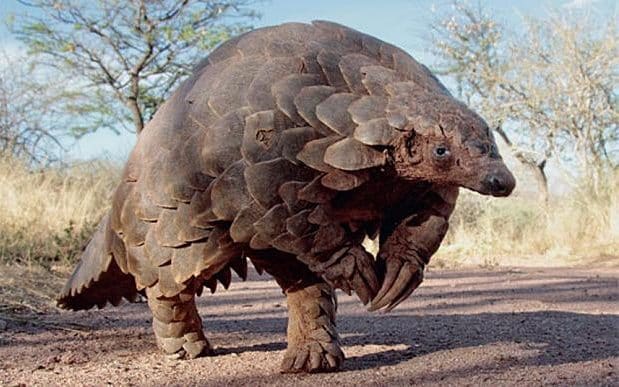
⚠️ SO YOU WANT TO BE A BAYESIAN⚠️ :
(since I compiled a quick list of Bayesian resources today, I figured I should share; these are just my opinion!)
(since I compiled a quick list of Bayesian resources today, I figured I should share; these are just my opinion!)
https://twitter.com/ChelseaParlett/status/1329572163947433986
📚 Beginner book (R): Bayesian Statistics the fun way —amazon.com/dp/B07J461Q2K/…
📚 Beginner-Intermediate book (R + JAGS + Stan): Doing Bayesian Data Analysis: amazon.com/Doing-Bayesian…
📚 Beginner-Intermediate book (R + JAGS + Stan): Doing Bayesian Data Analysis: amazon.com/Doing-Bayesian…
📚 Intermediate book (R + Stan) : Statistical Rethinking—
amazon.com/Statistical-Re…
📚 Intermediate/Advanced Book (R + Stan) : Bayesian Data Analysis (amazon.com/Bayesian-Analy…)
amazon.com/Statistical-Re…
📚 Intermediate/Advanced Book (R + Stan) : Bayesian Data Analysis (amazon.com/Bayesian-Analy…)
📚 Bayesian modeling for cogsci + psych (R + JAGS + BUGS): Bayesian Cognitive Modeling (bayesmodels.com)
💻 Software: I ❤️ brms and rstan in R (brms uses lm() syntax + you can use the command stancode() to get the Stan code from a brms model in order to learn Stan.)
Stan is good for models where you need direct control over everything).
Stan is good for models where you need direct control over everything).
💻 Tidybayes and bayesplot are helpful side packages too.
📝People’s writing: Paul Burkner (paul-buerkner.github.io/publications/)
📝 Michael Betancourt (betanalpha.github.io/writing/; I recommend starting with towards a principled bayesian workflow)
📝 Solomon Kurz (solomonkurz.netlify.app/post/)
📝 Michael Betancourt (betanalpha.github.io/writing/; I recommend starting with towards a principled bayesian workflow)
📝 Solomon Kurz (solomonkurz.netlify.app/post/)
📹 YT videos: Statistical Rethinking (associated with the book)—youtube.com/channel/UCNJK6…
a few #bayesTwitter people/software to follow: @betanalpha @paulbuerkner @SolomonKurz @EJWagenmakers @VandekerckhoveJ @richarddmorey @rlmcelreath @JeffRouder @willkurt @Corey_Yanofsky @mcmc_stan
• • •
Missing some Tweet in this thread? You can try to
force a refresh





